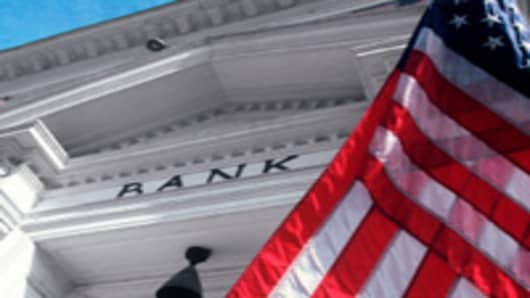A federal district judge in 2005 and the United States Court of Appeals for the Second Circuit in 2007 ruled against New York and for federal regulation.
But much has changed since Mr. Spitzer began his inquiry. For one thing, he is no longer attorney general; Andrew M. Cuomo has succeeded him. And, at the same time, the nation has been shaken by financial scandal and failure in ways that have led many to question the sagacity and effectiveness of the regulatory structure. A brief filed by the 49 other state attorneys general argues, “The recent (and continuing) fallout from the subprime lending debacle demonstrates the need for more oversight and consumer protection enforcement in the area of mortgage lending.”
The Office of the Comptroller of the Currency, the brief states, “has no experience in enforcing state public protection laws, has a minimal track record in consumer protection and has no accountability to the citizens of any state.”
James E. Tierney, director of the National State Attorneys General Program at Columbia Law School, said that the federal regulators’ job was to promote “bank fiscal soundness and not protection of consumers,” and that battling fraud in mortgage lending was an area where state attorneys general had long excelled. “They got it first,” Mr. Tierney said, “and they got it right.”
A brief filed by all the Comptrollers of the Currency since 1973, however, takes a different view. The comptroller’s office, according to the brief, works quietly with banks to address consumer issues in a “prophylactic” way, and “uses the wide range of its supervisory powers in an effort to alert national banks of potential noncompliance that poses risks to consumers and to ensure that they are addressed as early as possible.”
The threat of action by the federal regulators, the comptrollers stated, is “a significant incentive for national banks to address any compliance issues before they become serious problems.” And when such gentle measures fail, the comptrollers wrote, the agency “does not hesitate to take aggressive enforcement action against national banks.”


